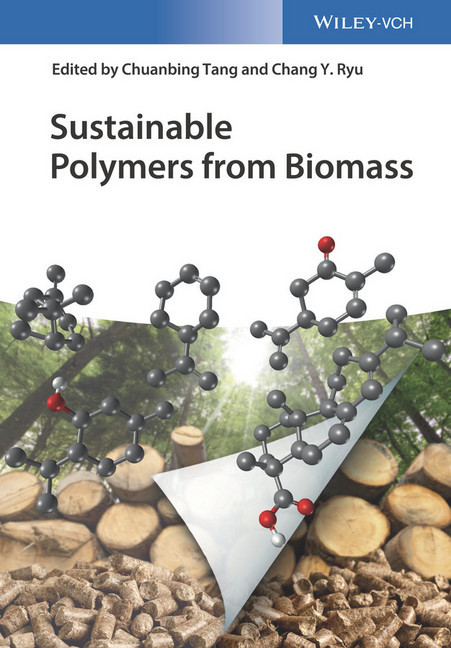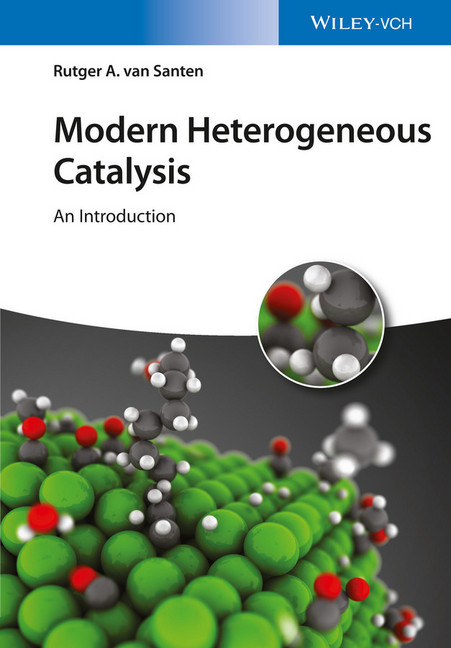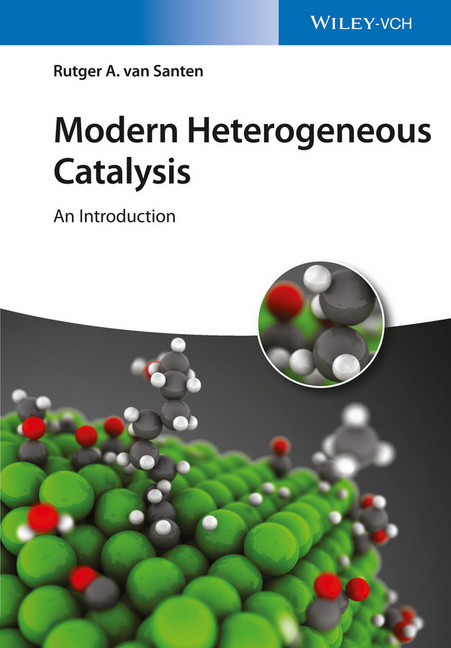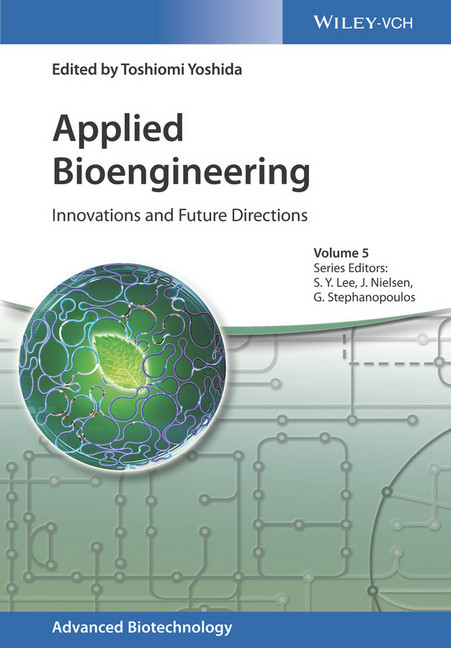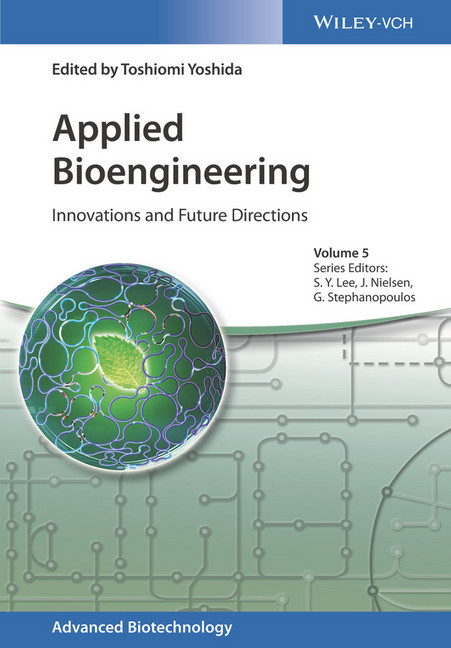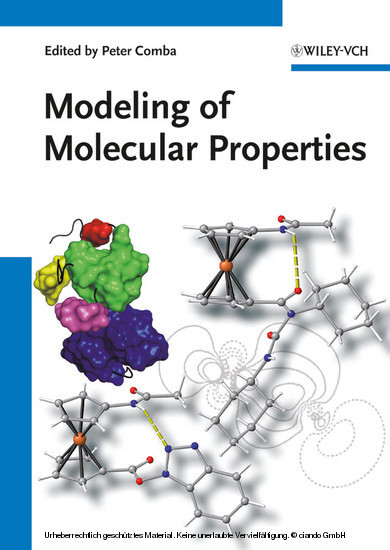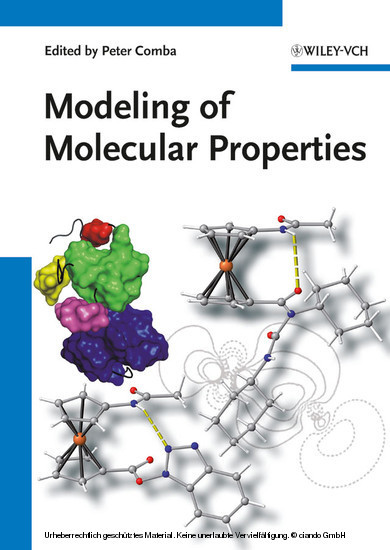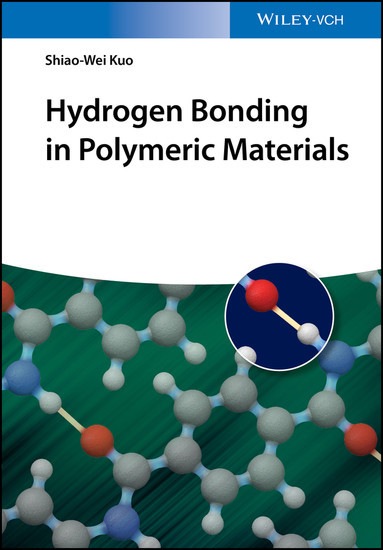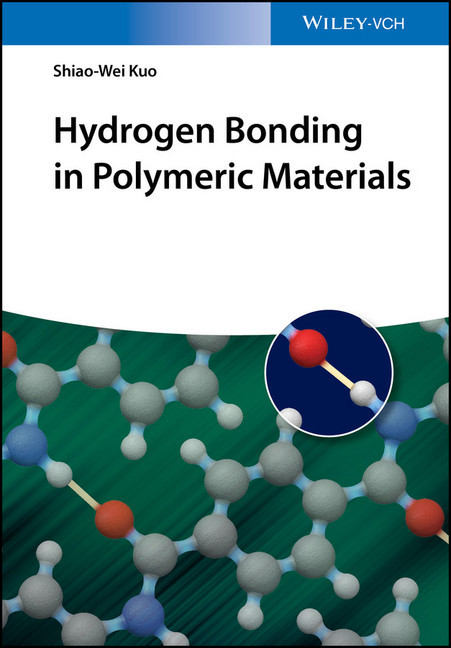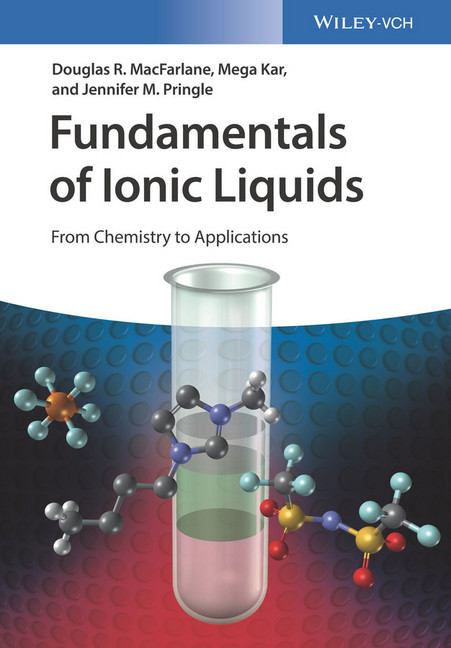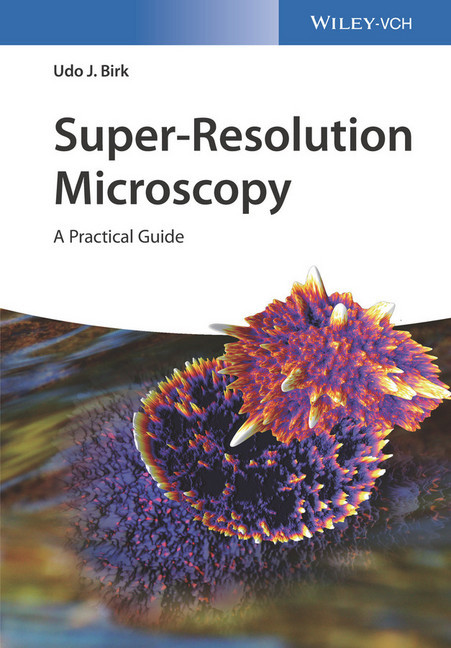Sustainable Polymers from Biomass
A must-have for both newcomers to the field as well as established researchers in both academia and industry.
Chuanbing Tang is Associate Professor and College of Arts and Sciences Distinguished Professor in the Department of Chemistry and Biochemistry at the University of South Carolina. He received his B.S. degree in Polymer Science from Nanjing University and Ph.D. in Chemistry from Carnegie Mellon University under the direction of Krzysztof Matyjaszewski and Tomasz Kowalewski. He was also a postdoctoral researcher with Craig Hawker and Edward Kramer at the University of California at Santa Barbara. His research interests include organic polymer synthesis, sustainable polymers from renewable natural resources, metal-containing polymers, and polymers for biomedical application. He has been recognized with a few awards including South Carolina Governor?s Young Scientist Award, NSF Career Award, Thieme Chemistry Journal Award and USC Distinguished Undergraduate Research Mentor Award. He has also been named a Breakthrough Rising Star at the University of South Carolina and an ACS PMSE Young Investigator. He has published over 100 papers and 10 patents.
Chang Y. Ryu is Professor of Chemistry and Chemical Biology and Director of New York State Center for Polymer Synthesis at Rensselaer Polytechnic Institute (RPI). He completed his B.S. and M.S. in Chemical Technology at Seoul National University and received his Ph.D. in Chemical Engineering at the University of Minnesota under the direction of Tim Lodge. He served as a postdoctoral researcher with Ed Kramer and Glenn Fredrickson in the Materials Research Laboratory at the University of California at Santa Barbara and started his faculty position at RPI in 2000. He has been awarded the IUPAC Young Observer Award (2007), NSF CAREER Award (2005), and the Arthur K. Doolittle Award from the ACS Division of Polymeric Materials Science and Engineering (1998). His research focuses on macromolecular separation and adsorption, block copolymer self-assembly, and photopolymerization as well as structure-property-relationships of polymeric materials.
1;Cover;1 2;Title Page;5 3;Copyright;6 4;Contents;7 5;List of Contributors;13 6;Chapter 1 Introduction;17 6.1;1.1 Introduction;17 6.2;1.2 Sustainable Polymers;18 6.3;1.3 Biomass Resources for Sustainable Polymers;20 6.4;1.4 Conclusions;24 6.5;References;24 7;Chapter 2 Polyhydroxyalkanoates: Sustainability, Production, and Industrialization;27 7.1;2.1 Introduction;27 7.2;2.2 PHA Diversity and Properties;30 7.3;2.3 PHA Production from Biomass;32 7.4;2.4 PHA Application and Industrialization;42 7.5;2.5 Conclusion;44 7.6;Acknowledgment;44 7.7;References;44 8;Chapter 3 Polylactide: Fabrication of Long Chain Branched Polylactides and Their Properties and Applications;51 8.1;3.1 Introduction;51 8.2;3.2 Fabrication of LCB PLAs;52 8.3;3.3 Structural Characterization on LCB PLAs;54 8.4;3.4 The Rheological Properties of LCB PLAs;59 8.5;3.5 Crystallization Kinetics of LCB PLAs;62 8.6;3.6 Applications of LCB PLAs;64 8.7;3.7 Conclusions;67 8.8;Acknowledgments;67 8.9;References;67 9;Chapter 4 Sustainable Vinyl Polymers via Controlled Polymerization of Terpenes;71 9.1;4.1 Introduction;71 9.2;4.2 ?-Pinene;73 9.3;4.3 ?-Pinene;79 9.4;4.4 Limonene;81 9.5;4.5 ?-Myrcene, ?-Ocimene, and Alloocimene;85 9.6;4.6 Other Terpene or Terpenoid Monomers;92 9.7;4.7 Conclusion;96 9.8;References;97 10;Chapter 5 Use of Rosin and Turpentine as Feedstocks for the Preparation of Polyurethane Polymers;107 10.1;5.1 Introduction;107 10.2;5.2 Rosin Based Polyurethane Foams;108 10.3;5.3 Rosin-Based Polyurethane Elastomers;111 10.4;5.4 Terpene-Based Polyurethanes;111 10.5;5.5 Terpene-Based Waterborne Polyurethanes;113 10.6;5.6 Rosin-Based Shape Memory Polyurethanes;115 10.7;5.7 Conclusions;116 10.8;References;117 11;Chapter 6 Rosin-Derived Monomers and Their Progress in Polymer Application;119 11.1;6.1 Introduction;119 11.2;6.2 RosinChemical Composition;120 11.3;6.3 RosinDerived Monomers for Main-Chain Polymers;121 11.3.1;6.3.1 Rosin-Derived Main-Chain Polymers from MPA and its Derivatives;121 11.3.2;6.3.2 Rosin-Derived Polymers from APA and its Derivatives;123 11.3.3;6.3.3 Ketonic Type Rosin-Derived Macro-Monomers;126 11.3.4;6.3.4 Others;127 11.4;6.4 Rosin-Derived Monomers for Side-Chain Polymers;128 11.4.1;6.4.1 Rosin Derived Monomers;128 11.4.2;6.4.2 Side-Chain Linear Homopolymers;130 11.4.3;6.4.3 Side-Chain Linear Copolymers;132 11.4.4;6.4.4 Side-Chain Grafted Copolymers;136 11.5;6.5 Rosin-Derived Monomers for Three-Dimensional Rosin-Based Polymer;147 11.5.1;6.5.1 Three-Dimensional Rosin-based Polymer by Condensation Polymerization;148 11.5.2;6.5.2 Three-Dimensional Rosin-based Polymer by Free Radical Polymerization;152 11.6;6.6 Outlook and Conclusions;156 11.7;Acknowledgments;157 11.8;References;157 12;Chapter 7 Industrial Applications of Pine-Chemical-Based Materials;167 12.1;7.1 Pine Chemicals Introduction;167 12.2;7.2 Crude Tall Oil;167 12.3;7.3 Terpenes;169 12.4;7.4 Tall Oil Fatty Acid;175 12.5;7.5 Rosin;183 12.6;7.6 Miscellaneous Products;189 12.7;References;194 13;Chapter 8 Preparation and Applications of Polymers with Pendant Fatty Chains from Plant Oils;197 13.1;8.1 Introduction;197 13.2;8.2 (Meth)acrylate Monomers Preparation and Polymerization;198 13.3;8.3 Norbornene Monomers and Polymers for Ring Opening Metathesis Polymerization (ROMP);210 13.4;8.4 2-Oxazoline Monomers for Living Cationic Ring Opening Polymerization;211 13.5;8.5 Vinyl Ether Monomers for Cationic Polymerization;216 13.6;8.6 Conclusions and Outlook;219 13.7;References;220 14;Chapter 9 Structure-Property Relationships of Epoxy Thermoset Networks from Photoinitiated Cationic Polymerization of Epoxidized Vegetable Oils1;225 14.1;9.1 Introduction;225 14.2;9.2 Photoinitiated Cationic Polymerization of Epoxidized Vegetable Oils;229 14.3;9.3 Conclusions;240 14.4;Acknowledgment;241 14.5;References;241 15;Chapter 10 Biopolymers from Sugarcane and Soybean Lignocellulosic Biomass;243 15.1;10.1 Introduction;243 15.2;10.2 Lignocellulosic Biomass Composition and Pretreatment;245 15.3;10.3 Lignocellulosi
| ISBN | 9783527340170 |
|---|---|
| Artikelnummer | 9783527340170 |
| Medientyp | E-Book - PDF |
| Copyrightjahr | 2017 |
| Verlag | Wiley-VCH |
| Umfang | 376 Seiten |
| Sprache | Englisch |
| Kopierschutz | Adobe DRM |

